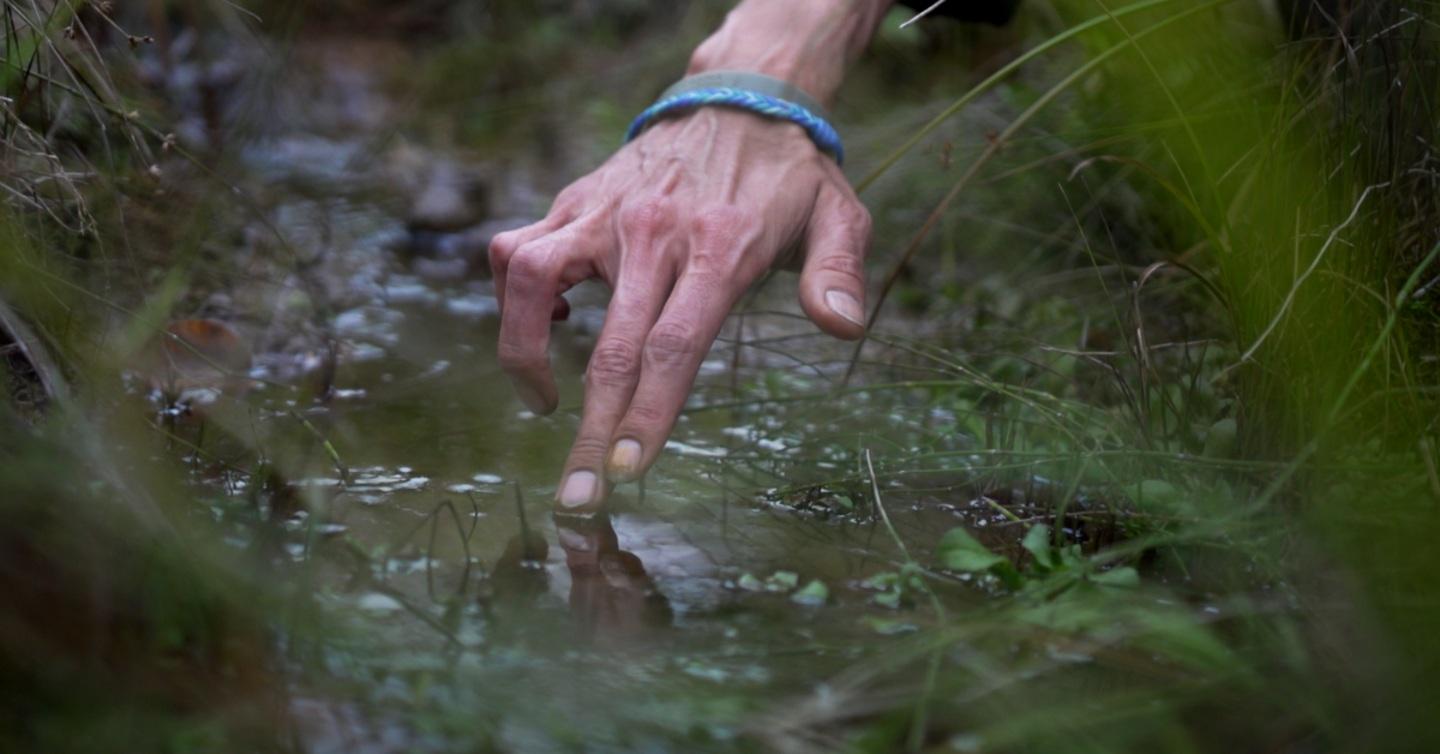Reframing Water for Peaceful Futures

Narratives abound where water is a source of conflict, fear, and control – Mad Max, Waterworld, Dune. Recent film remakes make it clear we are still intrigued by combative themes. But what if we considered different narratives, and fostered alternate emotions around relationships with water?
The United Nations urges such reconsideration via the 2024 World Water Day theme: “Water for Peace”. In contrast to decades of water management efforts focused on how to control and use water as a tool in conflict, how can we respect and care for water – and each other – to envision water as a path to peace? This may seem near impossible when ongoing conflicts threaten equitable water access, boil water advisories are active in 80 Canadian First Nation Communities (2023; 2024), and mismanaged pollutants threaten water supply in the United States, often within impoverished and racialized communities. Still, never before have we needed to adopt a caring perspective more urgently – for water and climate protection and for humanity.
Environmental humanities scholar, Misty Matthews-Roper, encourages us to consider alternate climate narratives and the emotions involved, such as hope or inspiration. Doing so allows us to envision a future we want, rather than one we fear. To envision a better water future, let us begin with the past.
Historically, water was deeply connected to femininity, as shown via ancient water goddesses. As water became a controlled resource – via technologies and large-scale infrastructure – men took over formal, paid water management roles. Meanwhile, underpaid/unpaid water work remains, more often, women’s work, as observed with Indigenous water walkers and water responsibilities of women and girls in the Global South.
And the contemporary societal belief that water must be managed aligns with narratives that humans and nature are in conflict. We see this theme repeated across Western media, in the opening films but also in tech moguls’ climate ‘solutions’. With so many conflict-driven stories–and evidence–it may be hard to envision a world with peaceful water relations.
Yet.
Many harmonious examples exist: Indigenous Creator and Mother Earth stories and beliefs; physical and mental health benefits from being near water; nature-based and socio-culturally embedded solutions from the Dutch. Perhaps if we can foster these positive narratives of living with water, we can understand ourselves as more connected – to water and each other.
We are, after all, composed primarily of water that flows in and out of us every day. Water, as Astrida Neimanis describes, that is expelled, treated, returned to waterways, collected, and ingested again. There are, of course, certain psychological hurdles that can arise for some people when viewing themselves as part of, rather than distinct from, nature – hurdles I will define and dissolve with my post-doctoral research at Royal Roads.
Perhaps by integrating water’s turbulent and life-giving essence into our lives, we can foster the necessary respect and collaboration for this difficult but essential task. By including all members equitably, valuing water care and stewardship, and preparing for the water future we want, we can work together towards water peace.

Author Lauren Smith